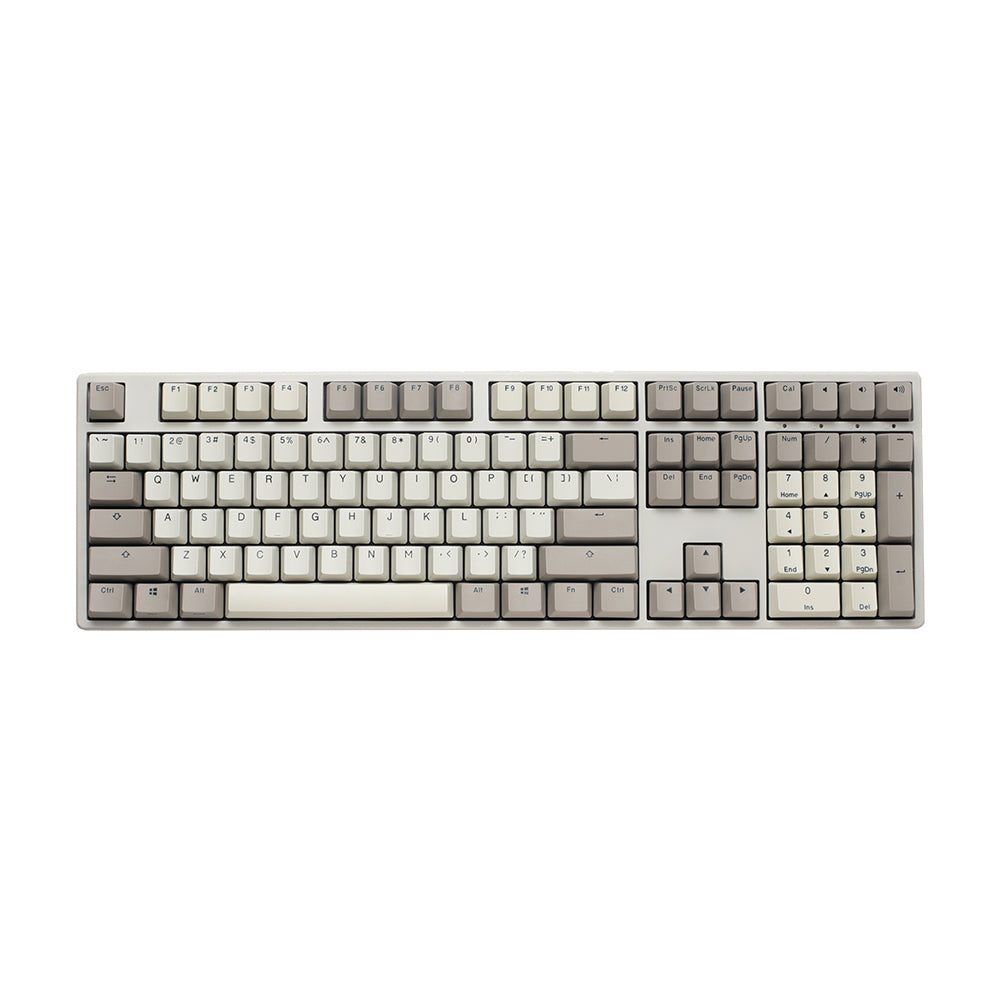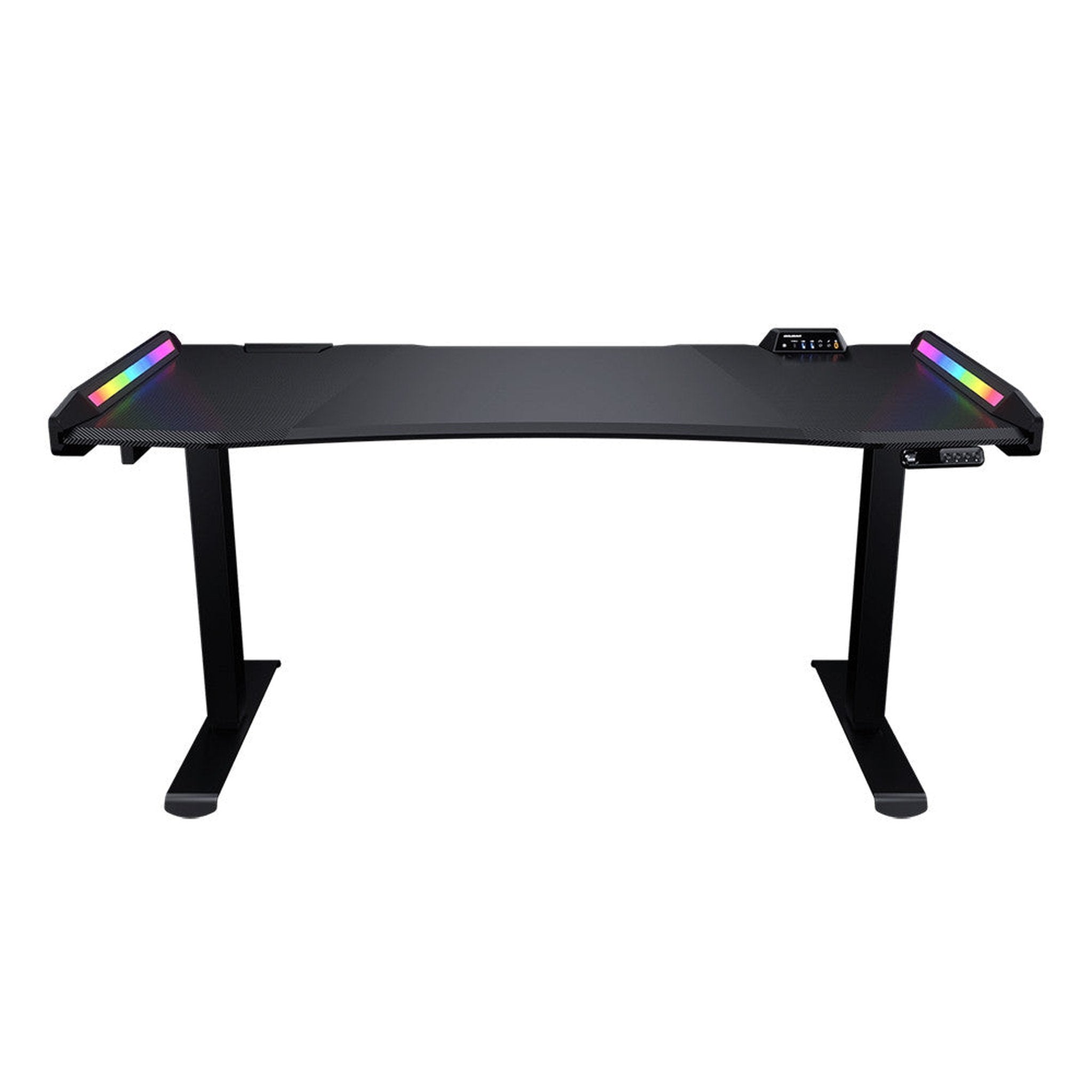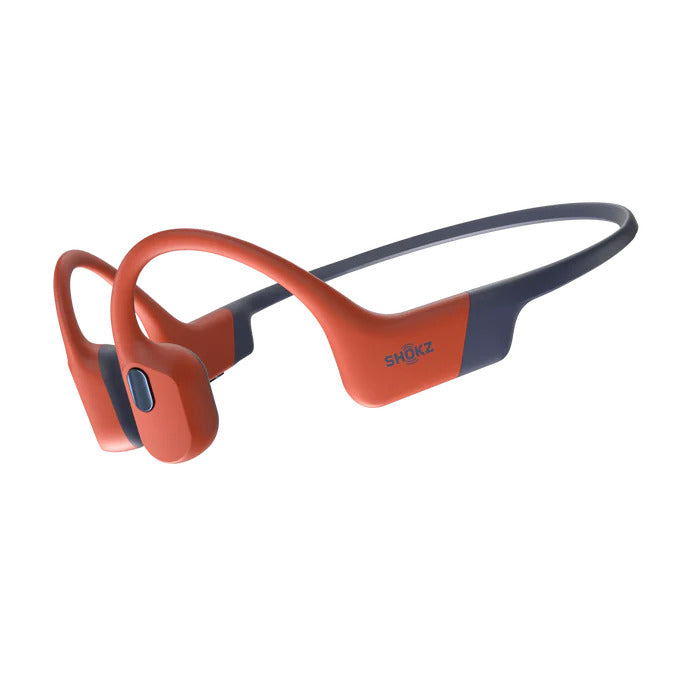If you're tired of sitting at your desk all day, it might be time to switch to a standing desk. Standing desks have gained popularity in recent years due to the numerous health benefits they offer (plus, it's a great way to feel like you're actually doing something productive when you're just scrolling through Twitter for the hundredth time). In this blog post, we'll explore the benefits of standing desks and how to choose the right one for your needs.
- The benefits of standing desks: Standing desks have been shown to offer a number of health benefits, including:
-
Improved posture: When you sit for long periods of time, it's easy to slouch or hunch over your desk. This can lead to poor posture and muscle strain (not to mention a weird-looking back). Standing desks allow you to maintain a more upright position, which can help to improve your posture and reduce muscle strain (and make you look less like a hunchback).
-
Increased energy and productivity: Standing desks can help to increase your energy levels and boost your productivity (which is great, because who doesn't need an extra boost?). When you stand, you're more alert and focused, which can help you to get more work done (or at least make it look like you're getting more work done).
-
Reduced risk of chronic diseases: Sitting for long periods of time has been linked to a number of chronic diseases, such as obesity, diabetes, and heart disease (yikes). Standing desks can help to reduce the amount of time you spend sitting, which may lower your risk of developing these diseases (and give you one less thing to worry about).
- Choosing the right standing desk: When it comes to choosing a standing desk, there are a few key things to consider:
-
Adjustability: A standing desk should be easily adjustable to different heights, so you can switch between sitting and standing throughout the day (because let's be real, no one can stand all day). Look for a desk that allows you to smoothly and easily adjust the height, so you can find the perfect position for your needs (and avoid any accidental head bumps).
-
Surface space: Consider how much surface space you'll need for your work (or for all your random desk trinkets). If you need a lot of room to spread out papers or documents, look for a standing desk with a large top or additional shelves or drawers for storage (or just get a bigger desk).
-
Ergonomic features: If you plan on using your standing desk for long periods of time (or if you just really like being comfortable), look for a desk with ergonomic features, such as a keyboard tray or monitor stand. These can help to reduce strain on your body and improve your comfort while working (because nobody likes a sore neck).
-
Price: Standing desks can range in price from a few hundred dollars to several thousand, depending on the features and materials (because some people just really love standing). Determine your budget and look for a desk that fits your needs and price range (just don't break the bank).




